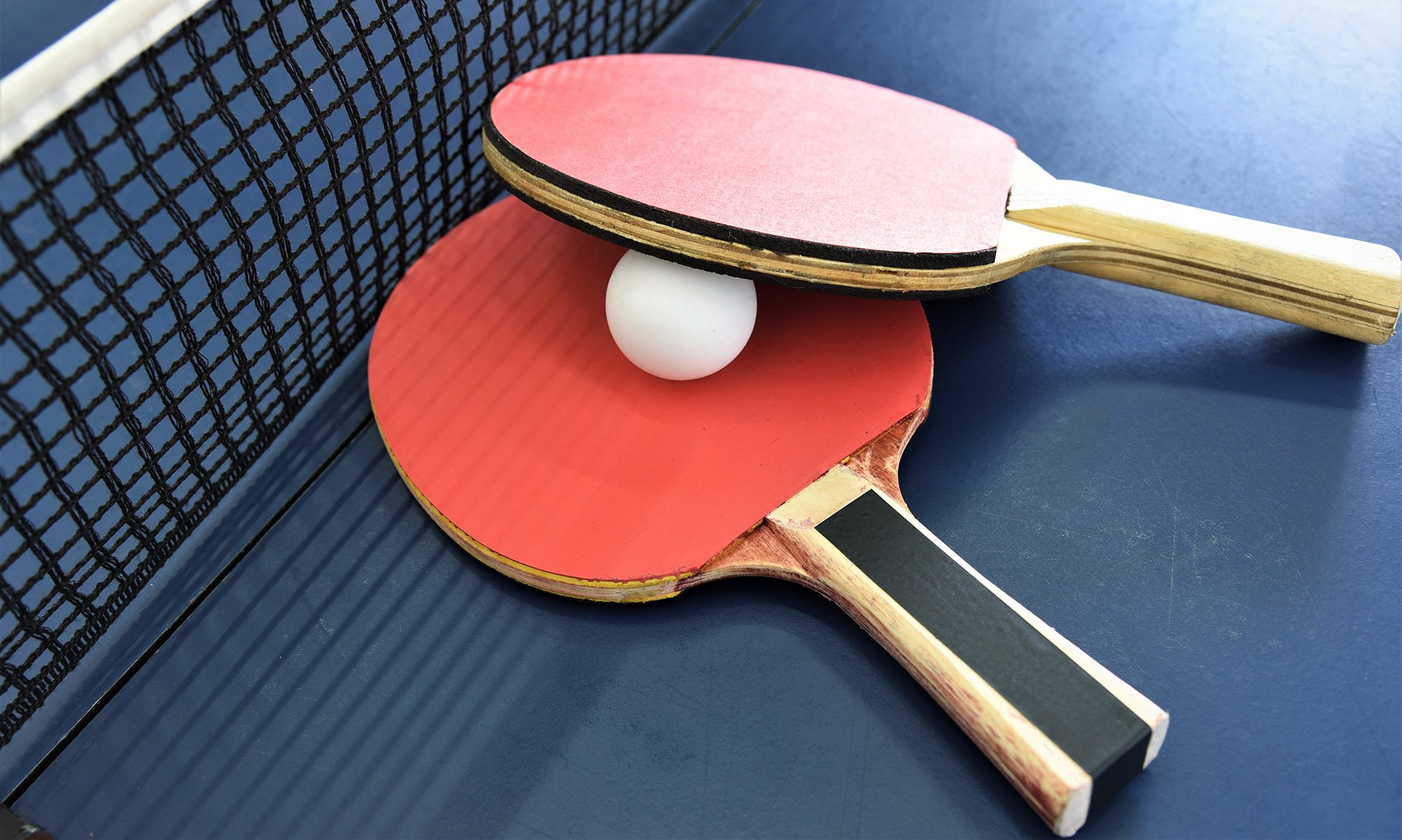This week, I got the IMU up and running with the Raspberry Pi. This included physically soldering the connections between the IMU and the Raspberry Pi, as well as writing a device driver for the IMU on the Raspberry Pi. The device driver allows me to get readings from the sensor. I also performed testing of the device driver by getting the sensor readings of the accelerometer and gyroscope while moving the IMU around and displaying/plotting the output to see the accuracy of the IMU. Furthermore, I tested out various open-source implementations of the Madgwick Algorithm, which helps convert accelerometer and gyroscope data into roll, pitch, and yaw. I performed testing of the Madgwick Algorithm using plotting as well. There are still some weird behaviors with the algorithm that I have to figure out how to fix, such as the roll/pitch/yaw numbers changing despite no movement.
In addition, I finalized my strategy for powering the raspberry pi wirelessly, and came upon the solution of using a power bank. The reason for this is some other products I looked at would be assembled on top of the current pi, which would make the construction a little too tall and thus unfeasible for a ping pong paddle. With a power bank, it can be laid out flat with the pi, thus keeping the paddle at a reasonable thickness.
For the next week, I can work on getting the IMU data more accurate, as well as beginning to potentially integrate the IMU data with other components to get some idea of how our system will look as a whole. This will involve using bluetooth to send data to the VR headset, as well as seeing how the network transmissions may look.
